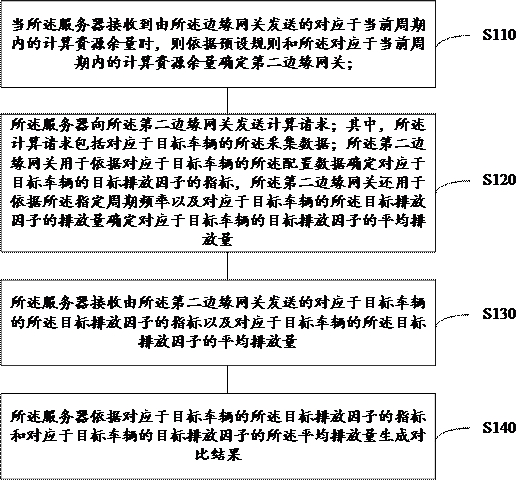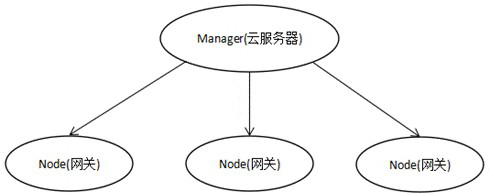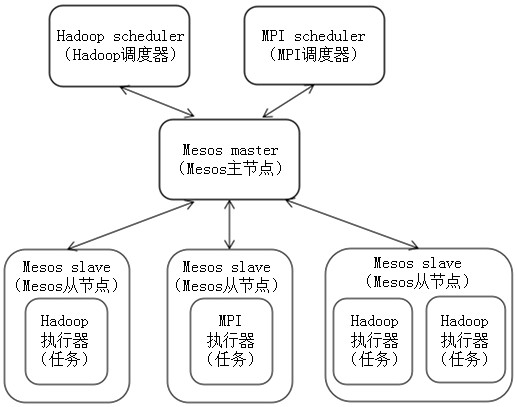Method and device for detecting carbon emission of logistics enterprise based on edge calculation
A carbon emission, edge computing technology, applied in computing, complex mathematical operations, data processing applications, etc., can solve the problems of data tampering, data real-time is not guaranteed, lost, etc., to achieve the effect of strengthening the sense of social responsibility
- Summary
- Abstract
- Description
- Claims
- Application Information
AI Technical Summary
Problems solved by technology
Method used
Image
Examples
Embodiment Construction
[0065] In order to make the objects, features and advantages of the present application more clearly understood, the present application will be described in further detail below with reference to the accompanying drawings and specific embodiments. Obviously, the described embodiments are some, but not all, embodiments of the present application. Based on the embodiments in the present application, all other embodiments obtained by those of ordinary skill in the art without creative work fall within the protection scope of the present application.
[0066] It should be noted that this embodiment builds an edge computing system based on the mutual coordination and cooperation of an edge gateway and a cloud server. The entire system construction includes hardware design and software platform construction. The jetson nano processor hardware platform, and the software platform is built by using edge computing and cloud computing to release and execute specific tasks, using Docker ...
PUM
 Login to View More
Login to View More Abstract
Description
Claims
Application Information
 Login to View More
Login to View More - R&D
- Intellectual Property
- Life Sciences
- Materials
- Tech Scout
- Unparalleled Data Quality
- Higher Quality Content
- 60% Fewer Hallucinations
Browse by: Latest US Patents, China's latest patents, Technical Efficacy Thesaurus, Application Domain, Technology Topic, Popular Technical Reports.
© 2025 PatSnap. All rights reserved.Legal|Privacy policy|Modern Slavery Act Transparency Statement|Sitemap|About US| Contact US: help@patsnap.com



